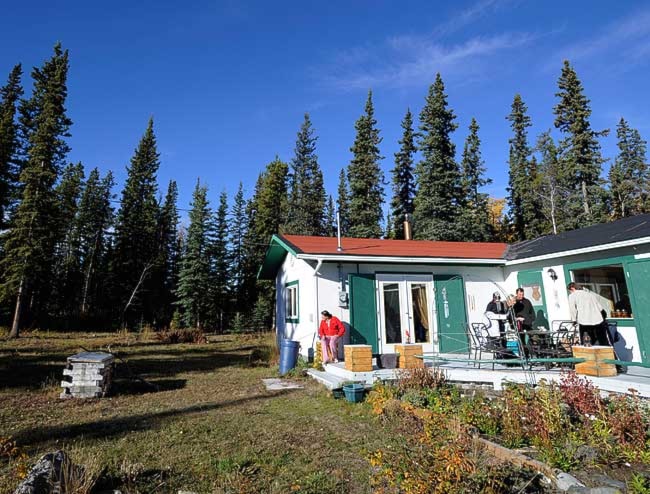When responding to a call, descriptions like, “it’s over by Jim’s old place,” don’t cut it for emergency services, says Kevin Barr, the NDP critic for community services.
For new volunteers, or people from Outside, these descriptions are useless. And in an emergency, the time spent looking for a house could mean the difference between life and death, he said.
That’s why the government needs to make sure the next budget includes enough money to get standard addressing across the rural communities, said Barr.
The NDP, along with emergency service responders and local advisory councils, have wanted rural house addresses for years, he said. But the government hasn’t provided clear information about how close different communities are to getting civic addresses, or how much it will cost.
“This is unacceptable, and we need to do something about it,” said Barr.
His riding, Mount Lorne-Southern Lakes includes Tagish, a rural community that doesn’t have house numbers.
Getting street addresses is part of community services’ role, said Christine Smith, Yukon’s director of community affairs.
Each year the territory sets aside money to help rural communities complete the work to get addresses, she said. But it will take a few years for every community to get them,
“It’s all about timing,” said Smith.
Each community needs a plan before addresses can be made, but not all communities are interested in addresses, she said.
Some already have named their streets and given properties numbers but want to see the government do more.
“We’re disappointed that the government is not taking a far stronger lead on this one,” said Paul Dabbs, the chair of the Tagish local advisory council.
The streets in Tagish already have names.
In 2006, the local advisory council submitted a map to the government that included street addresses for properties, but nothing’s happened since, said Dabbs.
All the local advisory council can do right now is follow the plan it has made, make sure the numbers on the map are correct, and see what types of signs residents want, otherwise getting addresses “just remains in limbo,” he said.
But to move forward on getting street addresses, the council needs to know that money is forthcoming from the government, said Dabbs.
“To be blunt, right now that’s not forthcoming.”
A single sign can cost between $80 and $100, said Smith.
Tagish would need about 400 signs, said Dabbs. That means it would cost at least $32,000,
The council just doesn’t have that kind of cash, said Dabbs.
Tagish’s council has a yearly budget of $13,700, which is supposed to cover administrative costs and community development initiatives, like the website it recently put online, said Dabbs.
They can’t spend money on capital projects, like buying signs, he said.
At a meeting with community services in November, the councils were told $5,000 had been set aside to help the communities get civic addresses but that putting in the signs would be voluntary, said Dabbs.
That’s not good enough, he said. Signs should be the same across the territory.
The government also needs to ensure emergency service numbers are the same in communities where 9-1-1 service isn’t available, said Barr.
Most communities use their local three-digit prefix and then dial “2222” for fire services, “4444” for ambulances and “5555” for police. But it’s not the same in every community.
In Tagish, residents dial “3222” for fire and ambulance. When a fire happens in Burwash Landing, people need to dial “2221.”
Not everyone knows this, said Barr. The inconsistency is dangerous.
“People in a state of emergency should be able to attach their memory to one number, not a different one from community to community,” he said.
Contact Meagan Gillmore at mgillmore@yukon-news.com
